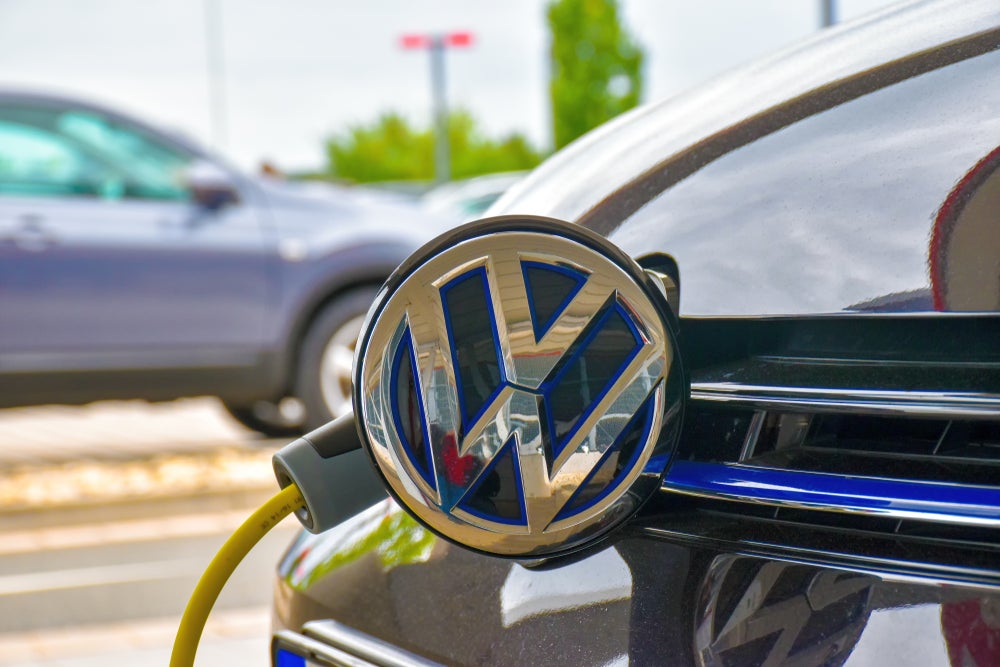Demand for salary sacrifice car schemes is rising as businesses seek to enhance employee benefits and promote lower vehicle emissions. Some SMEs are considering these schemes as alternatives to traditional company car programmes to cut costs and administrative burdens. However, this shift may not be as effective as anticipated.
Dan Wright, Product Manager for Salary Sacrifice at VWFS Fleet, highlights key factors businesses should consider before making the transition.
According to the Fleet200 Strategy Network, more than a third (36%) of companies have implemented a Salary Sacrifice car scheme. Of these, 32% have used it to replace their company car scheme. The shift towards Salary Sacrifice is being driven by smaller fleets of up to 100 vehicles, with half of them introducing Salary Sacrifice to replace their company car scheme. In comparison, 37% of companies with 101-500 vehicles and only 9% of fleets with more than 500 vehicles have made the switch.
The increase in businesses looking to offer Salary Sacrifice as an employee benefit is also being influenced by workforce sentiment. Recent research conducted by VWFS | Fleet found that 64% of employees view Salary Sacrifice as an important workplace benefit, with 33% viewing it as one of the most attractive eco-friendly employee benefits. Additionally, almost half (48%) of workers whose employers don’t currently offer Salary Sacrifice, would like to see it as part of their remuneration package.
Assessing the differences
Before rushing into a switch from a company car scheme to a Salary Sacrifice scheme, it’s important to understand the differences between the two.
Vehicle ownership

US Tariffs are shifting - will you react or anticipate?
Don’t let policy changes catch you off guard. Stay proactive with real-time data and expert analysis.
By GlobalDataUnder a traditional company car scheme, the employer leases and pays for the vehicle, along with any insurance, service, maintenance and repair costs, but provides this to the employee for both business and private use. Company cars are typically provided to employees for two reasons: job needs or as a perk. Job need is where employees need to travel frequently for their role, and the vehicle helps them to do this.
Alternatively, employers may offer a company car as a perk to employees in a certain income band or job role, as an addition to their remuneration package.
A Salary Sacrifice car scheme, however, widens the availability of a car benefit to all employees. This is still a type of company car, however the employee pays for this out of their gross (pre-tax) salary. This monthly cost covers the lease price and often includes all insurance, service, maintenance and repair costs.
Both Salary Sacrifice and company car schemes attract benefit-in-kind (BIK) tax, which is currently set to incentivise EV uptake. For EVs, BIK is currently fixed at just 2%, until April 2025. It will then rise at 1% per year until April 2028, remaining significantly below the BIK associated with ICE vehicles.
Vehicle choice
Through a company car scheme, employers have control over the vehicles their employees can drive. Employers can mandate a group of vehicles for employees to choose from. Often, employers will group vehicles available through the scheme into different price bands, and employees will be allocated to a specific price band based on factors, such as their seniority or job function.
Salary Sacrifice schemes, on the other hand, usually offer unlimited vehicle choice, provided the employee can afford the monthly cost and it doesn’t drop their remaining salary below the minimum wage threshold. Employers can, however, set a pre-approved list of vehicles for employees to choose from. Salary Sacrifice schemes are most effective when restricted to offering EVs or PHEVs, as the low BIK incentivises employees to opt in.
There are a number of other differences between the schemes. For example, under Salary Sacrifice, employers are protected against early termination fees through lifestyle protection plans, which provide practical assurance if the employee’s circumstances change, and the car needs to be returned.
Making the right decision
One of the main reasons more companies are looking at Salary Sacrifice as a preferable alternative to a company car scheme is reduced liability and administrative responsibility. However, it’s not necessarily as clear-cut as this – and there are a number of key considerations to make before taking the jump.
1. Adjustment to employee benefits
If an employer chose to switch from a traditional company car scheme to a Salary Sacrifice scheme, it would mean that employees who previously had a car as part of their remuneration package would now have to pay for it. To address this, employers would need to offer those employees a cash allowance instead.
However, there’s no guarantee that employees would choose to use this allowance to fund Salary Sacrifice. In fact, employees often choose to use this to fund an individual Personal Contract Purchase (PCP), for example, where they’re not liable to pay any form of BIK and have free choice over the vehicles they drive.
Additionally, job-need company car drivers may find it difficult to get an affordable lease price, which is covered by the cash allowance, under either Salary Sacrifice or an individual PCP, due to the high mileage they often cover. This can lead to employee dissatisfaction because the removal of the traditional company car benefit means their needs are no longer being met.
2. The importance of vehicle choice
Salary Sacrifice will typically require less vehicle management, depending on what the provider offers, and it places the decision-making process for the car entirely with the employee. However, there are certain restrictions that come with this.
If an employee needs a car to help them fulfil their role, it’s important the business ensures that the vehicle is fit for purpose, and Salary Sacrifice schemes don’t allow much influence here. If businesses want to see their employees driving a specific vehicle, they can’t mandate this through Salary Sacrifice, other than to limit their CO2 emissions. Additionally, as explained earlier, there’s no guarantee that employees would choose to opt into a Salary Sacrifice scheme, meaning they could choose to fund their own ICE vehicles using the cash allowance. This ultimately leads to higher emissions.
3. Partnering with an expert
Ultimately, no one solution suits every employee. Salary Sacrifice does offer a great, cost-effective way to widen a company car benefit to all employees, but it shouldn’t be used as an outright replacement for a traditional company car scheme.
Expert leasing or fleet management suppliers can help to explain the different car benefit options available and help fleets design the right car policy that will be effective in meeting the wider business aims. For example, if a business is looking to reduce emissions, it’s often more effective to switch to an EV-only company car scheme, rather than switching to a Salary Sacrifice scheme.
Additionally, it doesn’t need to be a direct choice between a traditional company car scheme and Salary Sacrifice – it’s often most effective for businesses to offer a combination of the two schemes to meet all employee needs. Many leasing companies can offer both.
A year of challenges and promise: ALD/LeasePlan
Gofor introduces driver portal for salary sacrifice client base








